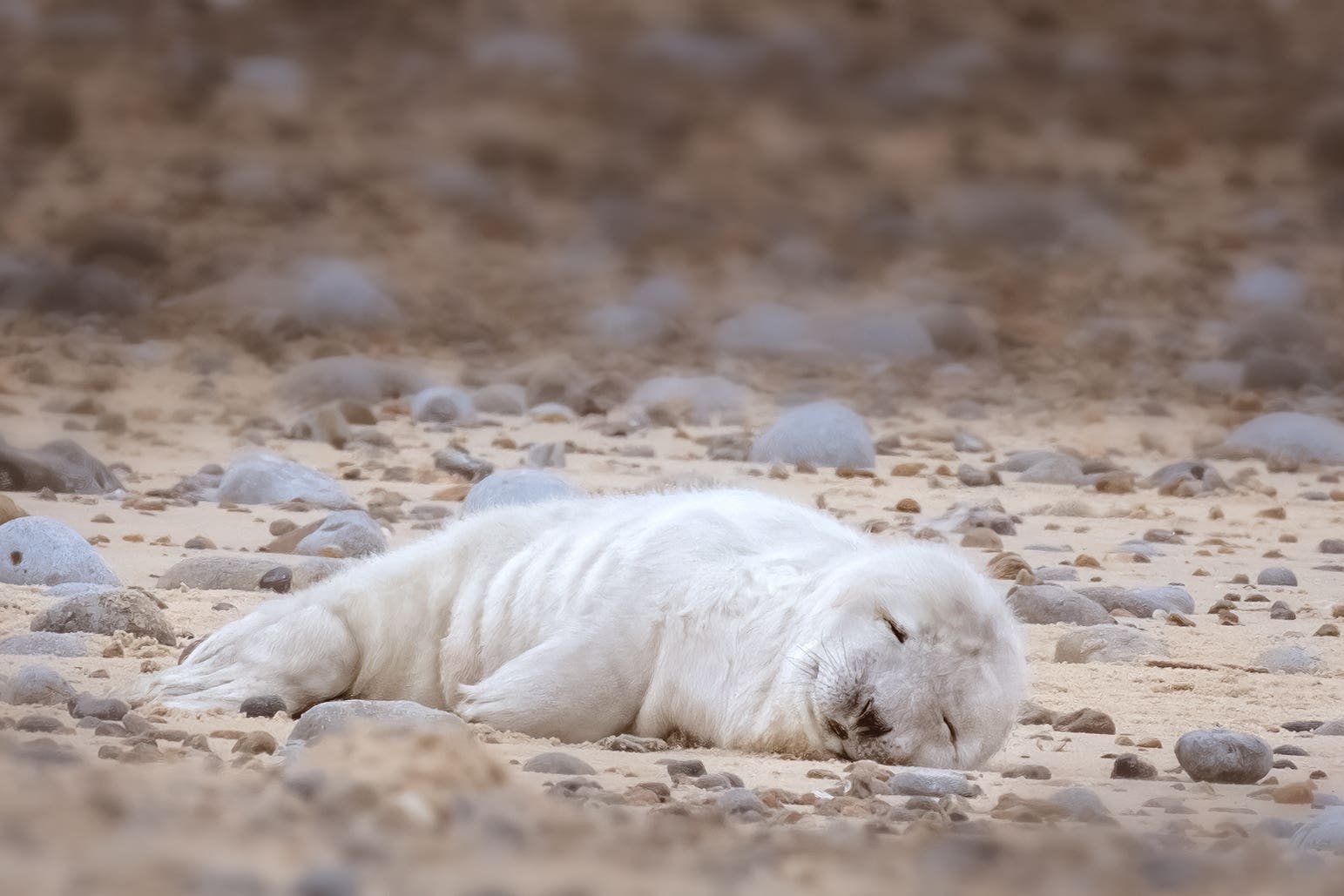First grey seal pup of the year is born at England’s largest colony
Rangers are anticipating around 4,500 new arrivals at Blakeney Point on the North Norfolk coast this season.

Your support helps us to tell the story
From reproductive rights to climate change to Big Tech, The Independent is on the ground when the story is developing. Whether it's investigating the financials of Elon Musk's pro-Trump PAC or producing our latest documentary, 'The A Word', which shines a light on the American women fighting for reproductive rights, we know how important it is to parse out the facts from the messaging.
At such a critical moment in US history, we need reporters on the ground. Your donation allows us to keep sending journalists to speak to both sides of the story.
The Independent is trusted by Americans across the entire political spectrum. And unlike many other quality news outlets, we choose not to lock Americans out of our reporting and analysis with paywalls. We believe quality journalism should be available to everyone, paid for by those who can afford it.
Your support makes all the difference.The first grey seal pup of the year has been born at England’s largest grey seal colony, two weeks earlier than last year, the National Trust has said.
Rangers are anticipating around 4,500 new arrivals at Blakeney Point on the North Norfolk coast this season.
The very first seal pup to be born there was 34 years ago in 1988, according to the conservation charity.
Since then, the site has grown to become England’s largest grey seal colony, with seal pup numbers increasing from just 25 pups in 2001 to 3,012 in 2019.
This success is believed to be due to low levels of disturbance and mortality during the first few key weeks of life and a lack of natural predators.
Duncan Halpin, ranger for the National Trust on the North Norfolk Coast, said: “The colony at Blakeney has now become so large that it is almost impossible to record the number of pups precisely.
“Until a few years ago, the pups were counted individually by rangers and volunteers walking carefully through the colony, but from 2019, numbers of new-borns and weaned pups – which will have moulted their white fur but will be much smaller than the adults – were recorded in just one specific area to give an indication of the overall size of the colony.
“The first pup of the season is always a special moment in our year.”
Female grey seals typically live to around 35 years old.
They have their first pup at about three to five years old.
Once they have had their first pups, they return to the same place each year to give birth.
“Our job over the coming weeks is to ensure that the seals remain undisturbed so the females can give birth and the pups can feed in peace to maximise the chances of survival,” said Mr Halpin.
“Seals are wild animals and can be dangerous, particularly if they feel threatened.
“We therefore ask visitors to keep their distance.
“Bring binoculars to help you see the seals better.”
Global numbers of grey seals are estimated to be around 400,000, with British and Irish waters supporting about 35% of the grey seal population, the National Trust said.
For details on how to see the seal pups on Blakeney Point visit www.nationaltrust.org.uk/blakeney